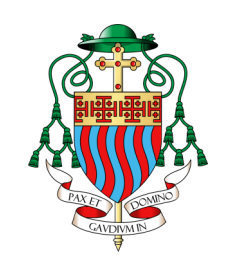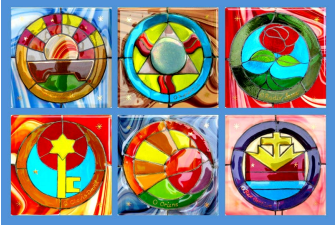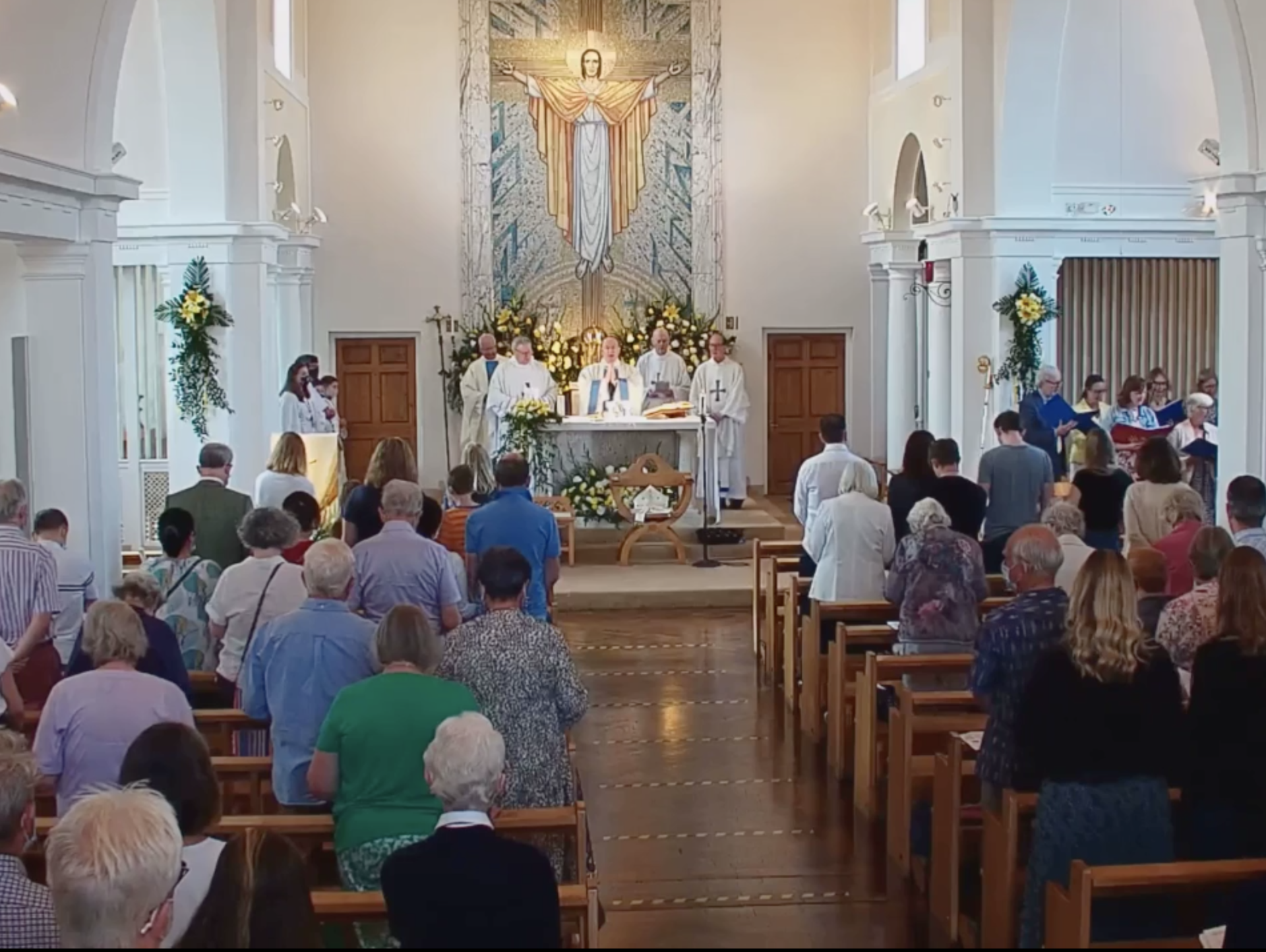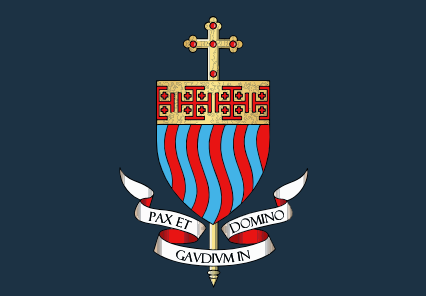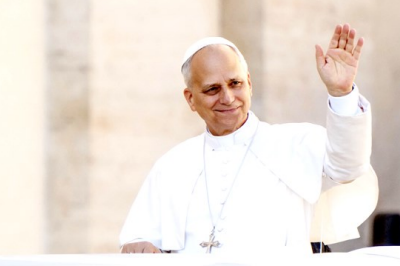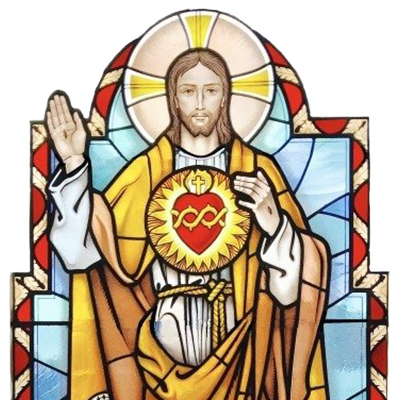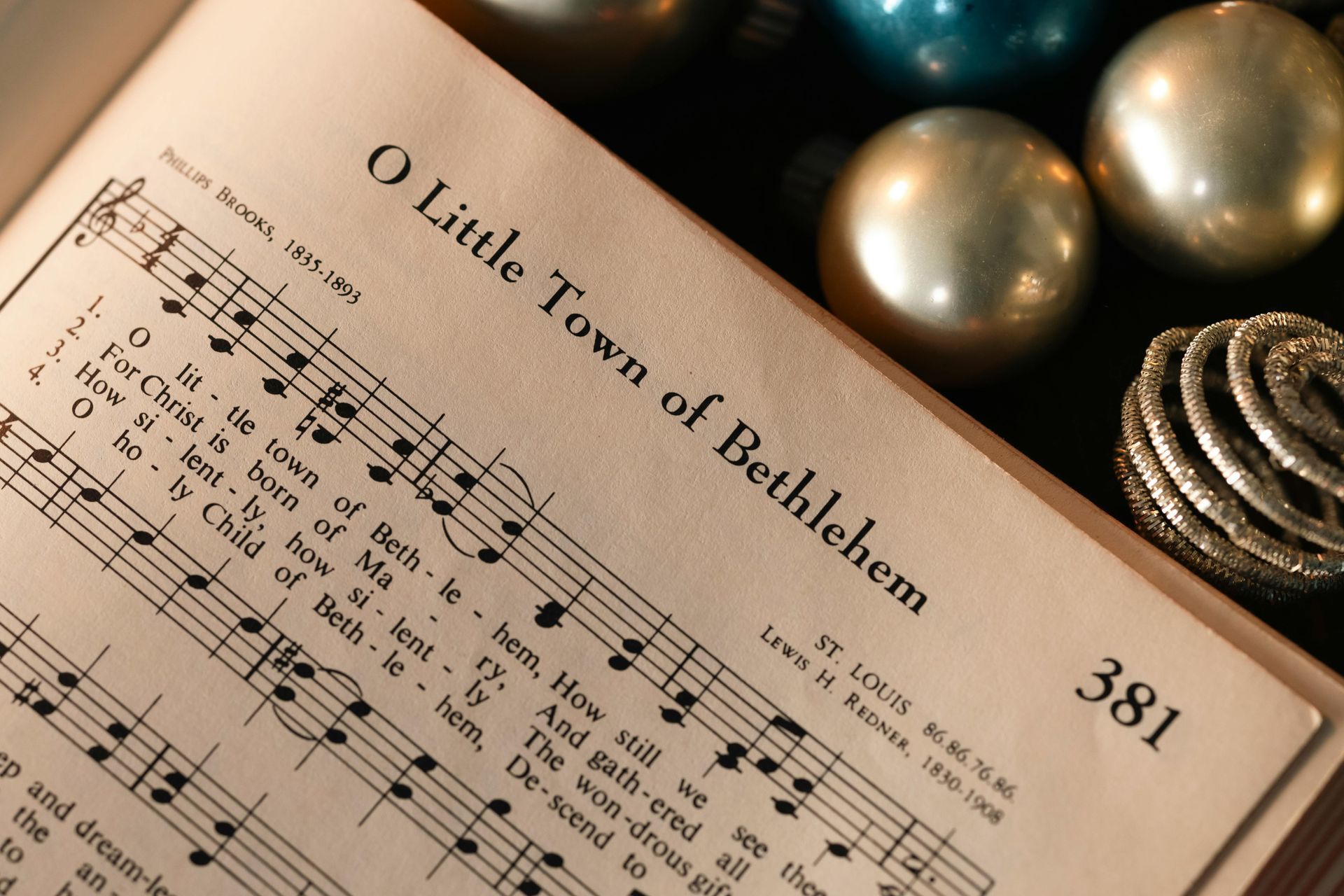Listen, even if you don’t understand . . (2nd Sunday of Lent Year C)
As the apostles followed Jesus around the land of Galilee, they would have had plenty of ordinary moments with a seemingly average human: hiking from town to town, looking for places to camp or sleep, meeting all sorts of different people and sharing meals and wine with them, praying in synagogues on the Sabbath, etc. Then there were the incredible experiences that would have convinced them Jesus was more than an ordinary human: feeding crowds of thousands, healing the sick and crippled, speaking words of forgiveness that Jews thought only God could speak. Then, one day, three of the apostles witnessed this mysterious transfiguration of their friend on a mountaintop as two people from their history books appeared with him.
The experience was something the apostles couldn’t have understood with their minds, yet they were asked by the voice from the cloud to listen to Jesus. They were asked to trust in him, to listen to him, and to follow him, even though he was such a mystery to them.
The transfiguration may not have cleared up any of the apostles’ questions about Jesus’ identity, but they were still asked to trust in this person who was bringing healing, freedom, and new life to so many people. It’s as if God was giving them a gift in saying “You don’t have to understand how this is happening, how Jesus’ clothes look whiter than white, or how two dead men are alive here. What I do want you to do is to listen to him.” Only that. Don’t worry about understanding with your head. Follow with your heart.
Questions of the week
Have you had any experience of being asked to trust Jesus/God even though you couldn’t under stand something with your mind?
In what ways is God inviting you to give up trying to understand his workings so that you can more freely follow Jesus’ call to you?
